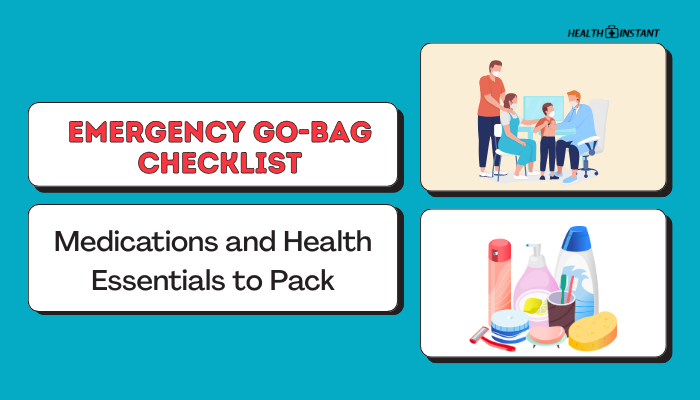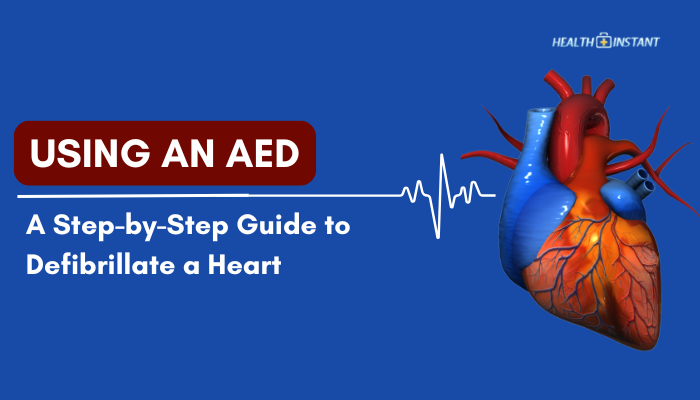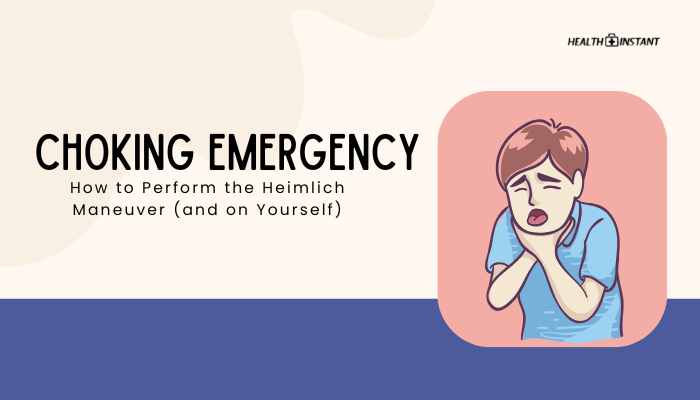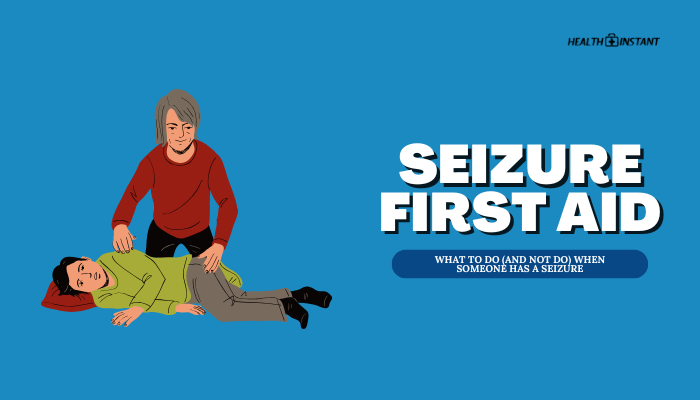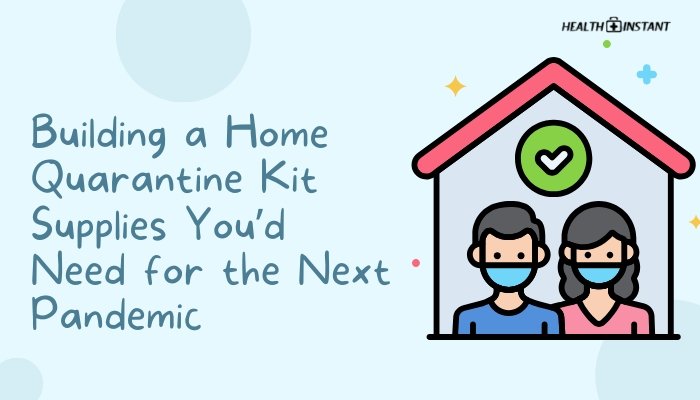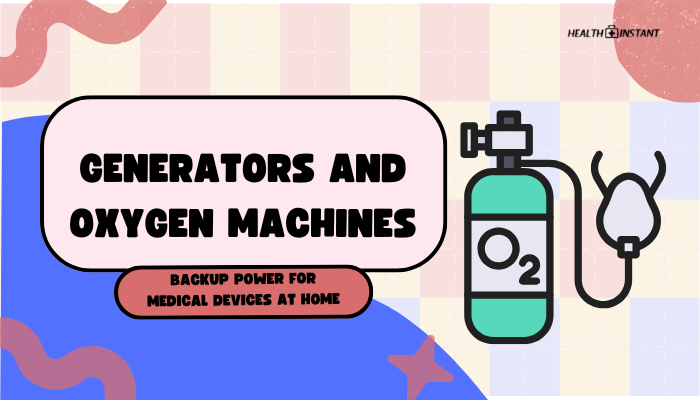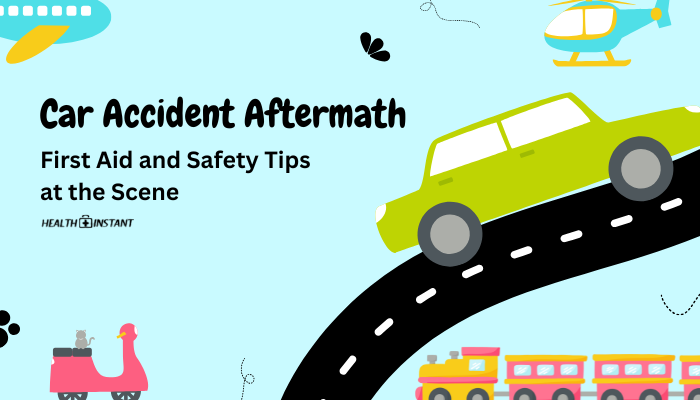Introduction
Disasters—from hurricanes to wildfires, earthquakes to sudden evacuations—can occur with little warning. Having a go-bag (or “bug-out bag”) ready ensures you can leave quickly with vital supplies to protect your health. While plenty of checklists emphasize food, water, and shelter, this article focuses on the medical elements: prescriptions, critical records, hygiene items, and more. A thoughtfully prepared go-bag helps you maintain continuity of care and avoid health complications when the unexpected strikes.
Why a Health-Focused Go-Bag Matters
- Continuity of Medication: Running out of essential drugs during a crisis can lead to life-threatening issues.
- Overburdened Healthcare Systems: Pharmacies may be closed or overwhelmed, delaying refills or new prescriptions.
- Limited Access to Care: Transport difficulties or communication outages can hinder reaching a doctor or hospital.
- Peace of Mind: Having health resources on hand reduces panic and helps address minor or moderate problems immediately.
Key Considerations Before You Pack
- Duration of Emergency: Aim for at least 3–7 days of essential supplies if possible.
- Personalization: Each family member might have different medical conditions or needs (e.g., insulin, asthma inhalers, EpiPen).
- Waterproof/Temperature Control: Consider water-resistant pouches and, if needed, insulated containers for items that degrade under heat or cold.
Essential Medications and Supplies
Prescriptions and Dosages
- Medication List: Write down drug names, dosages, and prescribing doctor’s contact information.
- Minimum Two-Week Supply: Whenever feasible, keep enough pills or vials for a fortnight. Some insurers allow emergency refills for known disasters.
- Storage and Rotation: Place meds in sealed containers; regularly rotate out older stock before expiration.
Over-the-Counter Drugs
- Pain Relievers (acetaminophen, ibuprofen)
- Antihistamines (for allergies, mild reactions)
- Anti-Diarrheal and Antacids (to handle GI upsets)
- Electrolyte Powders for dehydration or mild rehydration
Medical Devices and Accessories
- Spare Glasses/Contacts: Include lens cleaning solution and cases.
- Hearing Aids and Batteries: Keep extra sets if you rely on them.
- Blood Glucose Meter (with test strips, lancets) for diabetics.
- Spare Asthma Inhaler or Nebulizer supplies if needed.
Health Documents and Records
- Copies of Prescriptions: Paper or digital copies of prescriptions to assist with refills away from home.
- Insurance Cards and ID: Include photocopies or snapshots on your phone’s password-protected folder.
- Medical History: A brief summary of chronic conditions, drug allergies, or important procedures.
Storing physical documents in a waterproof folder helps maintain readability, while digital backups on a USB drive or cloud can provide easy access.
Personal Hygiene and Protective Items
- Hand Sanitizer: For times when clean water may be limited.
- Soap and Disinfecting Wipes: Basic hygiene to reduce infection risk in communal shelters.
- Face Masks: N95 respirators or surgical masks protect from smoke, dust, or contagious illnesses.
- Menstrual Products: Sufficient supply if needed.
- Toothbrush, Toothpaste: Travel-size to maintain oral care while on the move.
Additional Health Essentials
- Basic First Aid Kit: Bandages, gauze, antiseptic ointments, tweezers, scissors, disposable gloves.
- Thermometer: Fever detection helps prompt medical decisions.
- Flashlight and extra batteries to assess injuries in low light.
- Small Blanket or Emergency Foil Blanket: Helps maintain body temperature, especially if you’re exposed to the elements.
- Non-Perishable Snacks: If you have special dietary needs (e.g., diabetics may need glucose tablets or instant sugar sources).
Storing and Updating Your Go-Bag
- Grab-and-Go Container: A sturdy backpack or small duffel. Water-resistant is ideal.
- Check Expiration Dates: Replace medications, first aid items, and food at least every six months.
- Keep It Accessible: Store the go-bag in a place you can grab quickly—near an exit or closet.
- Label Items: Make sure everything is neatly labeled to avoid confusion during emergencies.
Conclusion
Your emergency go-bag can be a literal lifesaver, especially when it includes health essentials tailored to your or your family’s specific medical needs. Along with typical emergency items such as water, flashlights, and cash, placing extra attention on medications, records, and first aid supplies prevents dangerous gaps in care. Regularly reviewing and refreshing your kit ensures readiness if a sudden evacuation or disaster strikes. By preparing in advance, you help protect yourself and loved ones from avoidable health complications amidst chaos and uncertainty.
References
- Federal Emergency Management Agency (FEMA). (2022). Emergency supply kit recommendations.
- Centers for Disease Control and Prevention (CDC). (2021). Disaster preparedness for medications and healthcare needs.
- American Red Cross. (2020). Be Red Cross ready: get a kit.
- U.S. Food and Drug Administration (FDA). (2019). Storing and using your prescription medicines in emergencies.
- World Health Organization (WHO). (2021). Emergency preparedness and response guidelines.
Disclaimer: This article offers general guidelines and does not substitute professional medical advice. Always consult healthcare providers regarding specific medical conditions or medication management during emergencies.

